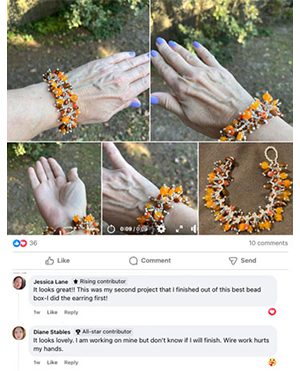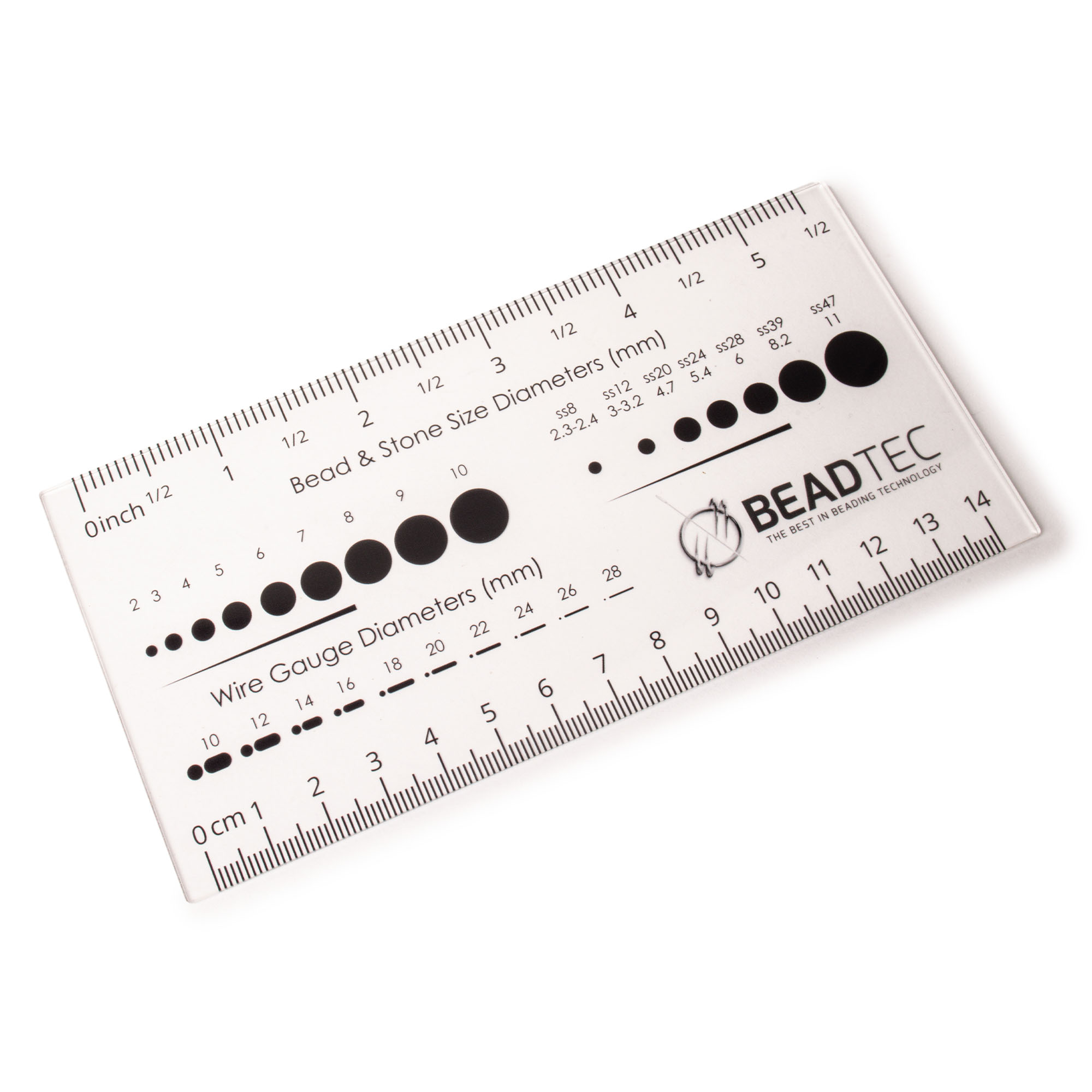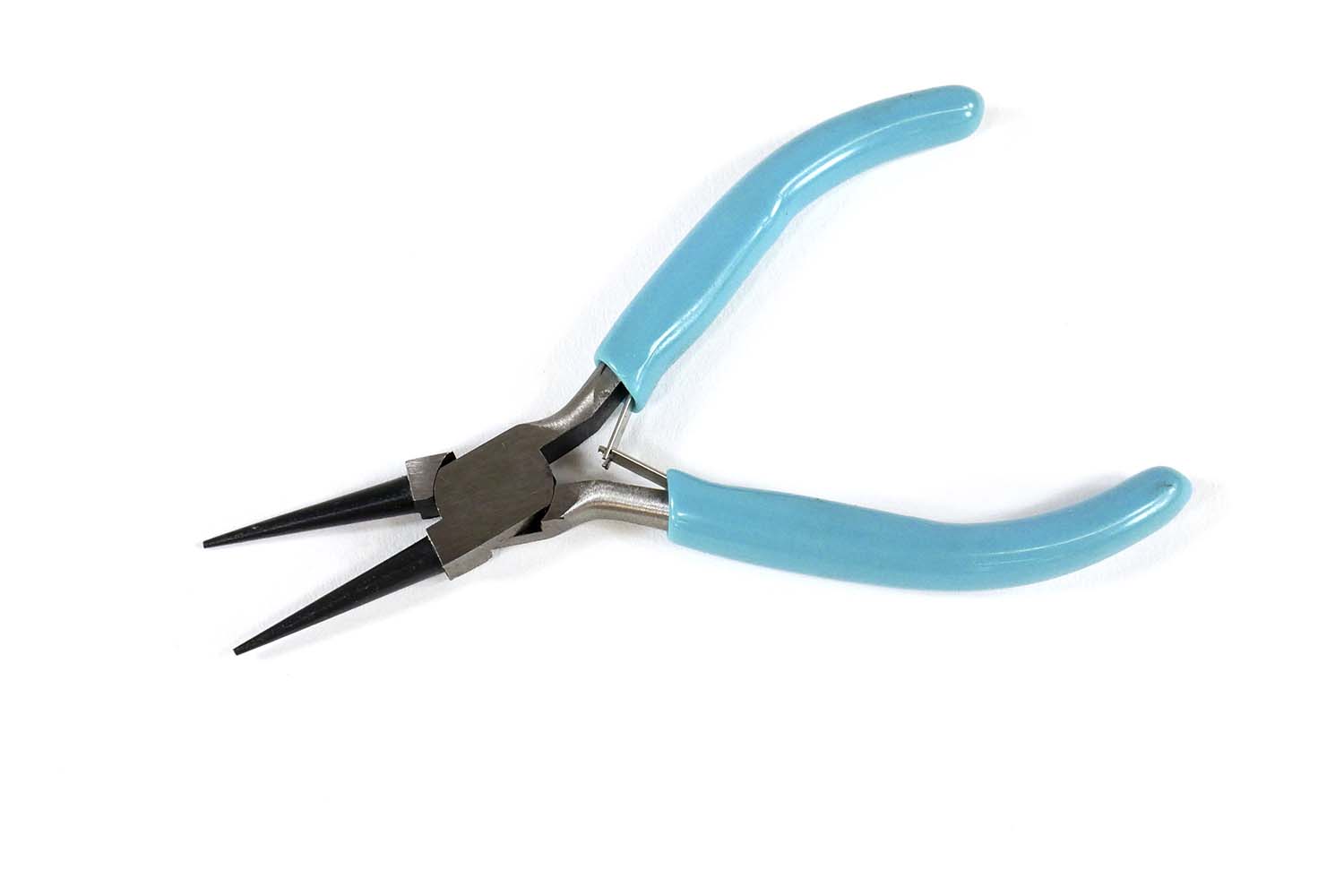- Jewelry-Making Supplies ▾
Design Jewelry with Confidence!
Seed Beads
Thread, Wire, & Stringing Materials
Athenacast Findings & Components
Everything Else
- Kits & Collections ▾
Assemble Your World
Kits & Collections
- Subscriptions ▾
Want monthly Beading Happiness?
Subscriptions
- Learn to Make ▾
Want to learn more?
- Discounts & Deals ▾
Explore Today's Promotions!
- Jewelry-Making Supplies
- Kits & Collections
- Subscriptions
- Learn to Make
- Discounts & Deals
-
Seed Beads
Thread, Wire, & Stringing Materials
Findings & Components
Everything Else
-
Kits & Collections
-
Subscriptions
- Home
- How to Make Jewelry
- Better Beader Episodes
- Bead Hole Sizes
Bead Hole Sizes

Watch the Video Tutorial
Watch the Video Tutorial
Need Any Extra Materials?
Need Any Extra Materials?
Need Any Extra Materials?
Need Any Extra Materials?
Episode Transcript
Episode Transcript
Introduction
In Better Beaders Episode 9, Allie and Katelyn dive into the world of bead hole sizes, a crucial aspect of jewelry making that often goes overlooked. Understanding bead hole sizes is essential for creating stunning, durable pieces that showcase your unique style. In this article, we'll provide a step-by-step guide based on the insights shared in the episode, empowering you to confidently select the perfect beads for your next project.
Materials Needed
- Beads of various sizes and materials (e.g., 6mm, 8mm, 10mm)
- Beading wire or thread (e.g., Fireline, Wildfire)
- Beading needles (e.g., size 10, 12)
- Clasps and findings (e.g., lobster clasps, jump rings)
- Bead reamer or bead reaming tool
- Ruler or measuring tape
Step-by-Step Tutorial
- Familiarize yourself with bead hole sizes
- Bead holes can range from very small (under 1mm) to large (over 2mm)
- Common sizes include 1mm, 1.5mm, and 2mm
- Some beads, like pearls, may have smaller or inconsistent hole sizes
- Consider your beading wire or thread
- Choose a beading wire or thread that comfortably fits through your bead holes
- For smaller holes, opt for thinner options like Fireline or Wildfire
- Thicker cords or multiple strands may require larger bead holes
- Test your beads
- Before starting your project, test your beads with your chosen wire or thread
- Ensure the beads slide smoothly without getting stuck or fraying the cord
- Mix and match beads to create interesting textures and patterns
- Enlarge bead holes if needed
- If a bead hole is too small, carefully use a bead reamer to enlarge it
- Work slowly and gently to avoid cracking or damaging the bead
- Test the bead again with your wire or thread to ensure a comfortable fit
- Design and create your piece
- Arrange your beads in the desired pattern, considering hole sizes and cord thickness
- String your beads, leaving room for clasps and findings
- Secure your clasps and finish your piece, ensuring all connections are strong and stable
Customization Ideas & Inspiration
- Experiment with different bead materials, such as glass, wood, or metal, to add variety to your designs
- Play with color combinations, mixing beads with different hole sizes for a dynamic look
- Create graduated designs by transitioning from smaller to larger beads or vice versa
- Incorporate charms or pendants with varying hole sizes for a personalized touch
Conclusion
By understanding bead hole sizes and their impact on your jewelry designs, you'll be able to create stunning, long-lasting pieces that showcase your creativity. Remember to test your beads, choose the appropriate wire or thread, and don't be afraid to experiment with different combinations. We'd love to see your creations – share them with us in the comments below or on social media!
For more helpful tips and inspiring projects, be sure to check out other episodes in the Better Beader series. Happy beading!
Join Our Growing Community
Join Our Growing Community




Our Testimonials
Our Testimonials
- 55993 (83.8%)
- 4813 (11.4%)
- 3296 (4.1%)
- 230 (0.4%)
- 123 (0.3%)
- Favorite Reviews
- Highest to Lowest
- Newest to Oldest
- All Ratings
- 5 ★ Reviews
- 4 ★ Reviews
- 3 ★ Reviews
- 2 ★ Reviews
- 1 ★ Reviews
Loading...
Only Visible on Admin Mode
Item Description
Designer's Material List
Project Steps
Determine the appropriate hole size for your project.
Select the suitable type of cording, wire, or thread based on bead material and hole size.
For seed beads, pay attention to the manufacturer (Japanese vs. Czech) as it affects the hole size.
Consider the impact of bead coatings on hole size.
Test your materials together to ensure compatibility before starting your project.
Highest Quality
Products
100% Money
Back Guarantee
Fast
Shipping
Best Teaching &
Customer Service
You'll want these emails...
Get Free Projects & Inspiration
Get Free Projects & Inspiration
- Bullet 1
- Bullet 2
- Bullet 3
Copyright © PotomacBeads









